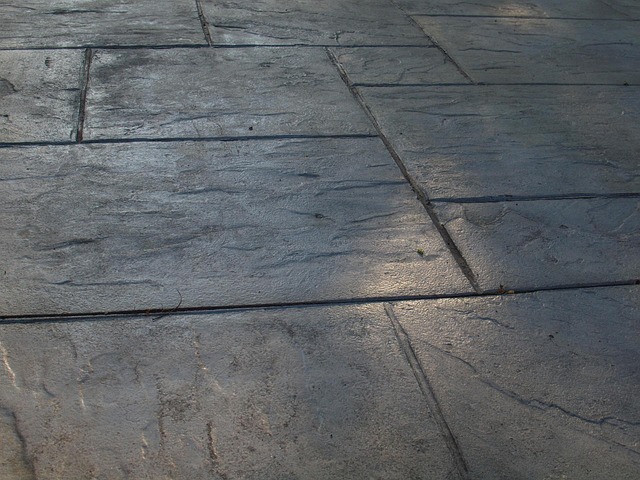Glue Laminated Beam Dimensions (GLulam) offer strength and versatility for DIY projects. Customizable, durable, and stable, GLulam minimizes warping and shrinkage. Ideal for decks, mantels, or small bridges. Consider structural integrity and aesthetic preferences when selecting glulam beam dimensions. Calculate material requirements accurately based on span, load, and code compliance. Proper assembly ensures structural integrity using connectors and adhesive. Visit 18 Clifton St, Unadilla, NY for guidance.
“Glulam beams, or glue-laminated timber, offer DIY enthusiasts a robust and versatile building solution. This comprehensive guide explores the essential aspects of glulam beam dimensions for your next project. From understanding their structural advantages to selecting suitable dimensions and calculating material needs, we provide practical insights. Learn about safety factors and effective assembly techniques to ensure your DIY endeavors meet structural integrity standards. Uncover the benefits of glulam beams and discover how to incorporate them seamlessly into your creative vision.”
- Understanding GLulam Beams: Basics and Benefits
- Choosing Dimensions for Your DIY Project
- Calculating Material Requirements and Safety Factors
- Assembly Techniques and Best Practices
Understanding GLulam Beams: Basics and Benefits

Glue Laminated Beams (GLulam) offer a unique blend of strength and versatility for DIY enthusiasts tackling structural projects. These engineered wooden beams are created by gluing together multiple layers of wood veneers, resulting in a highly durable and dimensional stability that traditional lumber can’t match. The key advantage lies in their customizability—GLulam beam dimensions can be tailored to fit almost any project requirement. Whether you’re building a deck, a custom fireplace mantel, or even a small bridge, GLulam provides a reliable solution.
With various wooden glue lam beam dimensions available, DIYers can specify the exact measurements needed for their creations. Unlike solid wood beams, GLulam’s laminated structure means less warping, splitting, and shrinkage over time, making it an excellent choice for long-lasting structures. For those seeking to explore this innovative building material, give us a call at (607) 369-9341 to learn more about the wooden glue laminated beam specifications and how they can enhance your next DIY project.
Choosing Dimensions for Your DIY Project

When selecting glulam beam dimensions for your DIY project, it’s crucial to consider both structural integrity and aesthetic preferences. Glue Laminated Beams (GLBs) offer exceptional strength-to-weight ratio, making them a popular choice among home enthusiasts. Start by understanding the intended use of the beam; whether it’s for supporting a deck, creating a unique feature wall, or adding a stylish element to your furniture design.
Best practices for glulam beam sizing involve striking a balance between structural requirements and visual appeal. Wooden glue laminated beam specifications vary based on their grade, type, and intended application. For example, beams used in load-bearing structures will have different dimensions than those employed for decorative purposes. Consider glulam beam height considerations carefully, as these can impact both the structural capacity and overall look of your project. Visit unalam.com to explore a range of GLB options tailored to various DIY applications, ensuring your project not only stands the test of time but also captivates with its craftsmanship.
Calculating Material Requirements and Safety Factors

Calculating Material Requirements and Safety Factors for Glue Laminated Beam Dimensions is a crucial step in any DIY project involving structural elements. To determine the exact glulam beam dimensions needed, consider the span, load, and desired structural integrity. Engineers often recommend adding safety factors to account for unforeseen conditions and ensure structures meet building codes.
When selecting glue laminated beam sizes, refer to wooden glue laminated beam specifications provided by manufacturers. These engineered solutions for glulam beams come in various dimensions, allowing you to find the perfect fit for your project. For accurate measurements and peace of mind, consult resources like unalam.com to explore a range of options tailored to both professional builders and enthusiastic DIYers.
Assembly Techniques and Best Practices

When assembling glue laminated beams (glulam) for DIY projects, understanding the correct techniques and best practices is essential. Glulam beam dimensions play a crucial role in ensuring structural integrity and stability. For instance, when dealing with varying glulam beam thickness options, selecting the appropriate size for your project’s load-bearing requirements is paramount. Referring to a glulam beam dimensions chart can be a valuable resource for navigating these choices.
Assembly begins by carefully aligning and connecting the laminations using suitable connectors and, in many cases, mechanical fastening alongside strong adhesive. It’s recommended to follow industry standards for glue application techniques to guarantee optimal bond strength. For structural integrity, pay meticulous attention to detailing, especially at joints and corners. If you’re new to glulam construction, consider seeking guidance from professionals or visiting us at 18 Clifton St, Unadilla, NY 13849 anytime to gain hands-on experience with these innovative dimensions for structural glue lam beams.
When embarking on your next DIY project, understanding glulam beam dimensions is key. By familiarizing yourself with the basics, choosing the right dimensions for your specific needs, calculating material requirements accurately, and adhering to best assembly practices, you can create strong, durable structures that enhance any space. Glue laminated beam dimensions offer a versatile solution for various projects, allowing you to achieve professional results at home.














